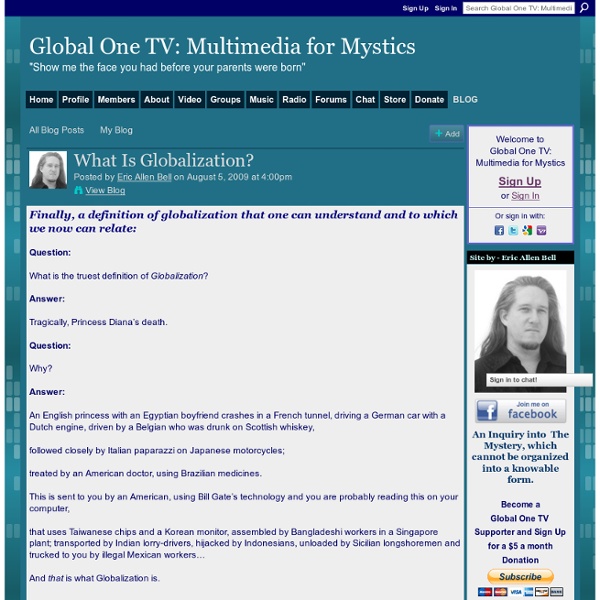Hydrologic Cycle and Interactions
Ground Water and Surface Water A Single Resource--USGS Circular 1139 The Hydrologic Cycle and Interactions of Ground Water and Surface Water The hydrologic cycle describes the continuous movement of water above, on, and below the surface of the Earth. The water on the Earth's surface--surface water--occurs as streams, lakes, and wetlands, as well as bays and oceans. The hydrologic cycle commonly is portrayed by a very simplified diagram that shows only major transfers of water between continents and oceans, as in Figure 1. Figure 1. To present the concepts and many facets of the interaction of ground water and surface water in a unified way, a conceptual landscape is used (Figure 2). Figure 2. Haze over Appalachian Mountains in North Carolina. Movement of water in the atmosphere and on the land surface is relatively easy to visualize, but the movement of ground water is not. (Box A) Subaqueous spring in Nebraska. Figure 3. Figure 4. Figure 5. Figure 6. Figure 7. (Box B) Figure 8. (Box C)
Time Zones
Strong quakes rattle remote Antarctica
Two strong earthquakes 40 minutes apart rocked the remote South Orkney Islands in Antarctica on Sunday, experts from the US Geological Survey said. The epicenter of the first, a magnitude 6.6 temblor, was at a depth of 10 kilometers (six miles), some 539 kilometers (334 miles) west of Coronation Island, the USGS said. No destructive tsunami was created, according to a US-based warning center. The first quake occurred at 1340 GMT. The South Orkney Islands form a remote archipelago in the Southern Ocean to the northeast of the Antarctic Peninsula. An ownership dispute between Britain and Argentina was resolved by the 1959 Antarctic Treaty, which allowed for any of the 12 signatories to use the islands for non-military purposes. The British Antarctic Survey staffs a small research station on Signy Island, while Argentina maintains a base on Laurie Island. An early USGS alert Sunday put the depth of the first Antarctica quake at just one kilometer and located it closer to Coronation Island.
Moving slabs [This Dynamic Earth, USGS]
The layer of the Earth we live on is broken into a dozen or so rigid slabs (called tectonic plates by geologists) that are moving relative to one another. "Historical perspective"
Novel technique reveals how glaciers sculpted their valleys
The beautiful and distinctive U-shaped glacial valleys typical of alpine areas from Alaska to New Zealand have fascinated and frustrated geologists for centuries. While it seems obvious that glaciers scoured the bedrock for millions of years, what the landscape looked like before glaciers appeared, and how the glaciers changed that landscape over time, have remained a mystery. The glaciers erased all the evidence. Now, University of California, Berkeley, and Berkeley Geochronology Center (BGC) scientists have employed a clever technique to reconstruct the landform history of a 300-square-mile area of Fiordland in New Zealand, from the early Pleistocene some 2.5 million years ago, when the world cooled and glaciers formed, through today’s warmer interglacial period. “The first question we asked was, how much of the current landscape and relief is a result of glacial erosion?” said David Shuster, who developed the novel technique, called helium-4/helium-3 thermochronometry.
Introduction to Earth Sciences I
Introduction to Earth Sciences I Topic 1 The Earth's Macroscopic Properties and What They Can Tell Us To get some very basic descriptions of the Earth we will start by describing some of the simplest of all the Earth's properties - how big, how heavy, how hot, how strong - and how they were deduced. 1.1 The Earth's Size and Shape Centuries ago people had very little idea about the total size of the Earth and hardly any notion of its shape. One of the earliest attempts to estimate the Earth's size was done by Eratosthenes about 200 B.C. If the Earth were flat the "sun angle" would be the same everywhere. If the Earth is round then the "sun angle" would change and he reasoned that the amount of sun angle change had to have something to do with the Earth's total size. Because of this he knew about angles. From there he could get the circumference of the Earth which he estimated at 24,500 miles, only about 50 miles off current best estimate. Mini-Quiz: Forward and Inverse Thinking . 1.3.1.
Breathingearth - CO2, birth & death rates by country, simulated real-time
earthlights
The image is a panoramic view of the world from the new space station. It is an absolutely awesome picture of the Earth taken from the Boeing built Space Station last November on a perfect night with no obscuring atmospheric conditions. It is a night photo with the lights clearly indicating the populated areas. You can scroll East-West and North-South. Note that Canada's population is almost exclusively along the U.S. border. Moving east to Europe, there is a high population concentration along the Mediterranean Coast. Note the Nile River and the rest of Africa.
Geographic.org home page - Geography, climate, countries, Maps, Flags, Population



